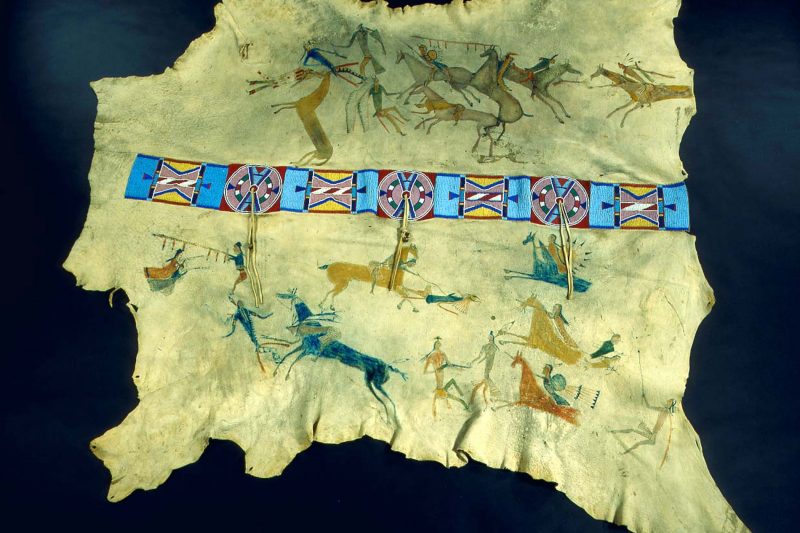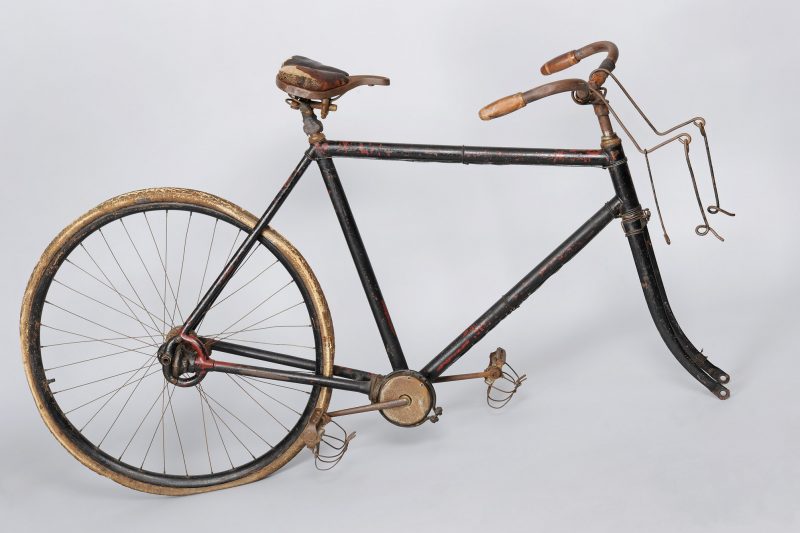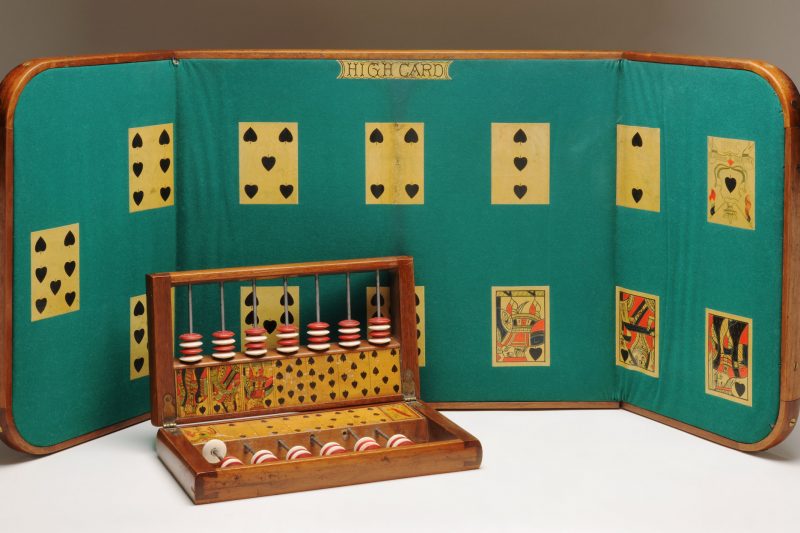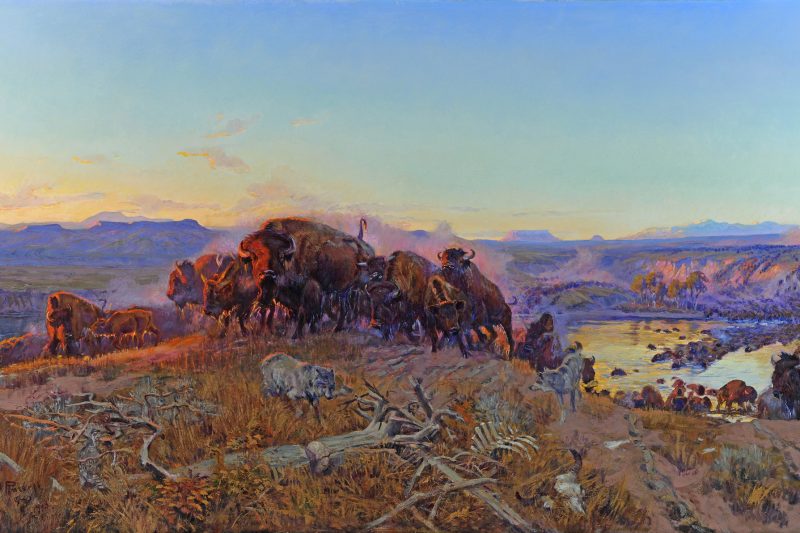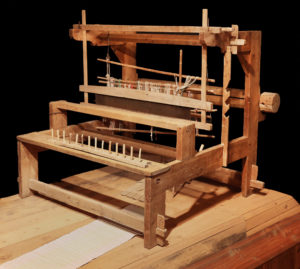
To celebrate the history of both the Montana Historical Society and the state it serves, the Montana Historical Society has created a new online exhibit, “Appropriate, Curious, & Rare: Montana History Object by Object.” The online exhibit features a select group of objects from the Society’s vast collections.
On Feb. 2, 1865, far-sighted residents of the recently created Montana Territory established the Montana Historical Society, one of the earliest historical societies in the West. The Society immediately began working to preserve Montana’s storied past.
Today its collection includes hundreds of thousands of artifacts, photographs, manuscripts, and books that reflect the rich history of the Treasure State. Individually, these items provide fascinating glimpses into the lives of earlier generations of Montanans. Together the stories they tell form a rich tapestry illustrating Montana’s shared heritage.
According to MHS Outreach and Interpretation Program Manager Kirby Lambert, who served as lead curator for the exhibit, “While each item is, in its own unique way, somehow outstanding, when considered together they help us better understand who we, as Montanans, are today, and how we got here.”
History that’s “Appropriate, Curious, & Rare”
The exhibit’s title comes from an 1876 publication in which the 11-year-old Historical Society of Montana states, in outlining its collection policy, “As this is the only cabinet of a permanent public society preserved for the whole Territory, it is hoped that whatever is appropriate, curious, and rare will be preserved therein, and no longer scattered abroad.”
Among the featured objects are superstars like Charles M. Russell’s oil painting, “When the Land Belonged to God,” as well as lesser-known objects like Reverend Edwin M. Ellis’s chainless bicycle. Appointed by the Presbyterian Church as superintendent of Sunday School Missions in 1891, Rev. Ellis visited settlements all over the state – traveling nearly 8,000 miles in his first year. Railroads and stagecoaches couldn’t deliver him to every remote congregation, so he used this chainless bicycle to reach them.
Made possible in part through funding provided the Cultural & Aesthetic Grant Program, the exhibit divides over 60 objects into 10 categories that focus on Montanans at work, home, play, and war; Montana before it became a state; and Montanans on the national stage, and as travelers, community builders and artists.
Accessing Montana’s treasures, from Yaak to Alzada
“We are always looking for new ways to share the treasures we hold in trust for the people of Montana,” Montana Historical Society Bruce Whittenberg said. “And we know that not everyone can visit Montana’s Museum in Helena. This is one more way we’re making sure Montana’s stories can be accessed by Montanans from Yaak to Alzada.”
The largest object featured is the Lewis and Clark Bridge near Wolf Point, which, when it opened in 1930 was the only public access over the Missouri River for 350 miles. The Montana Historical Society accepted ownership of the historic, three-span truss bridge in 1998.
The smallest objects are pottery sherds from the Hagan archaeological site, a National Historic Landmark north of Glendive that tells an important story of cultural evolution on the Northern Plains.
To view all the treasures featured in the exhibit, visit the Montana Historical Society’s website, www.montanahistoricalsociety.org, and follow the link on the home page to the online exhibit.
